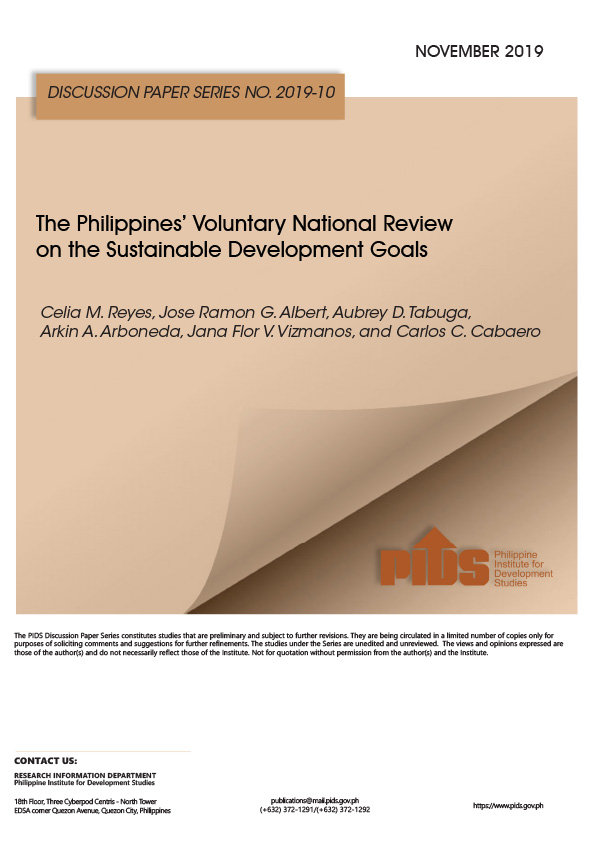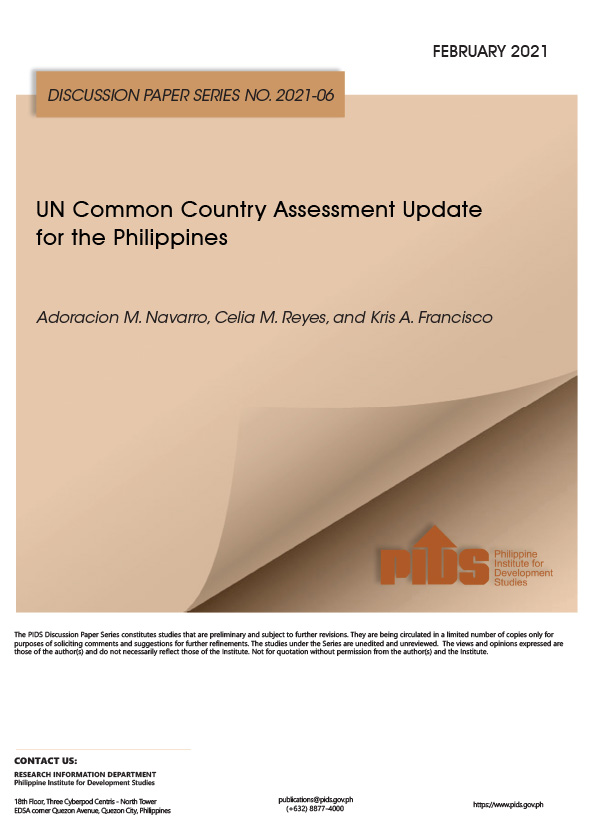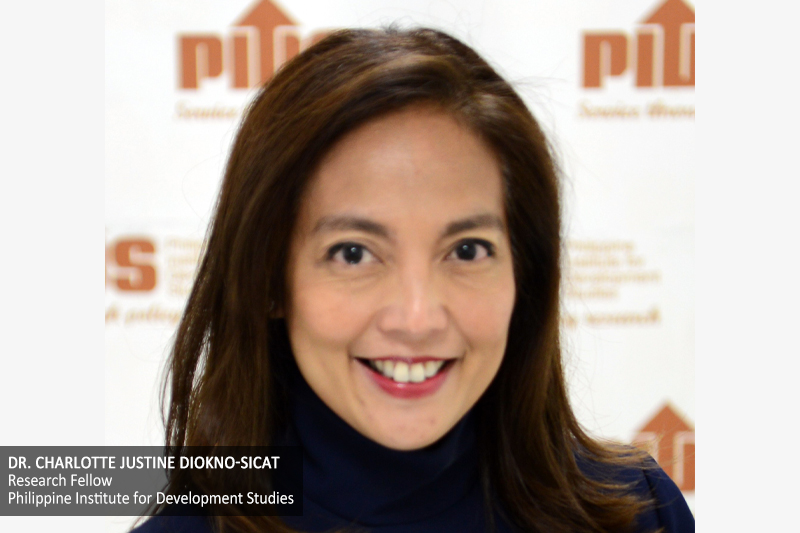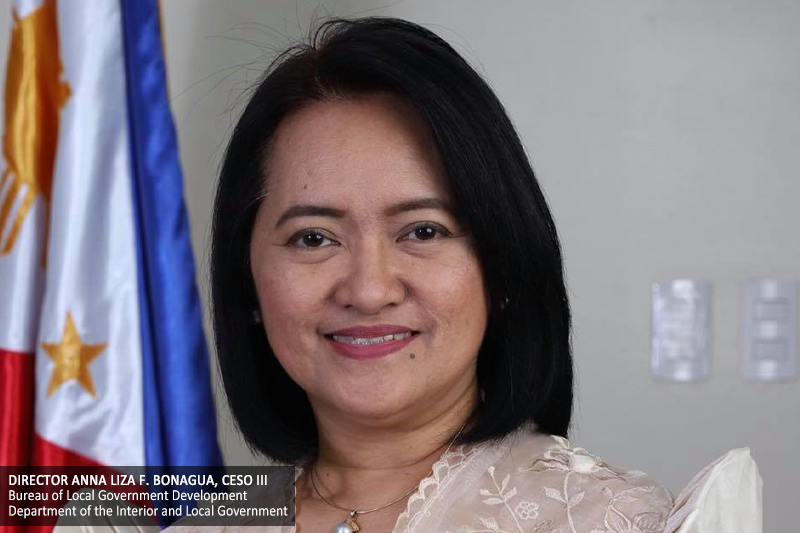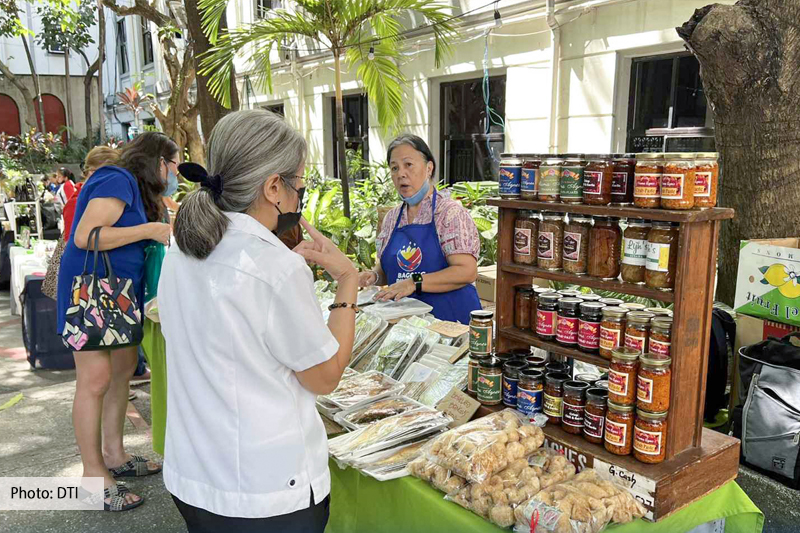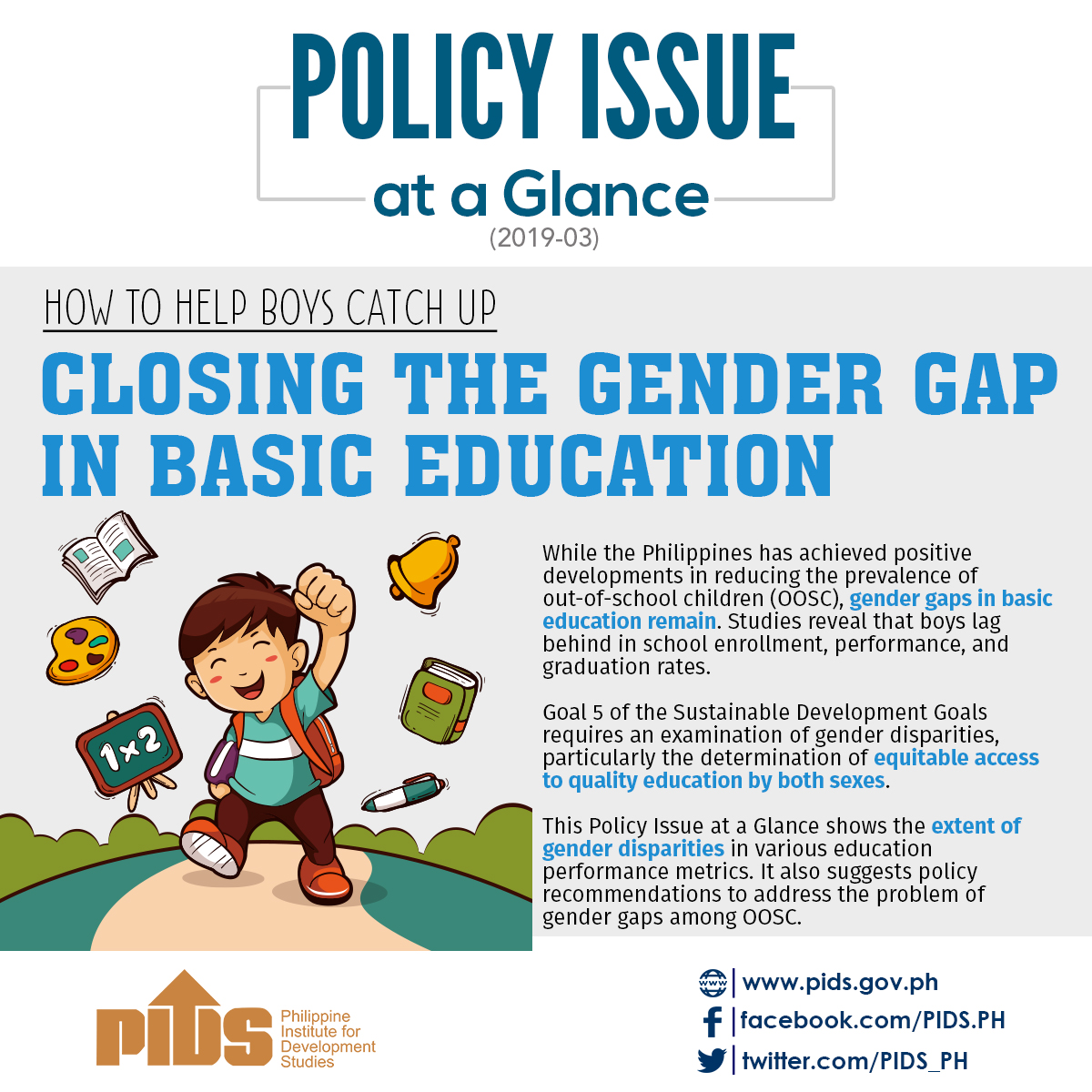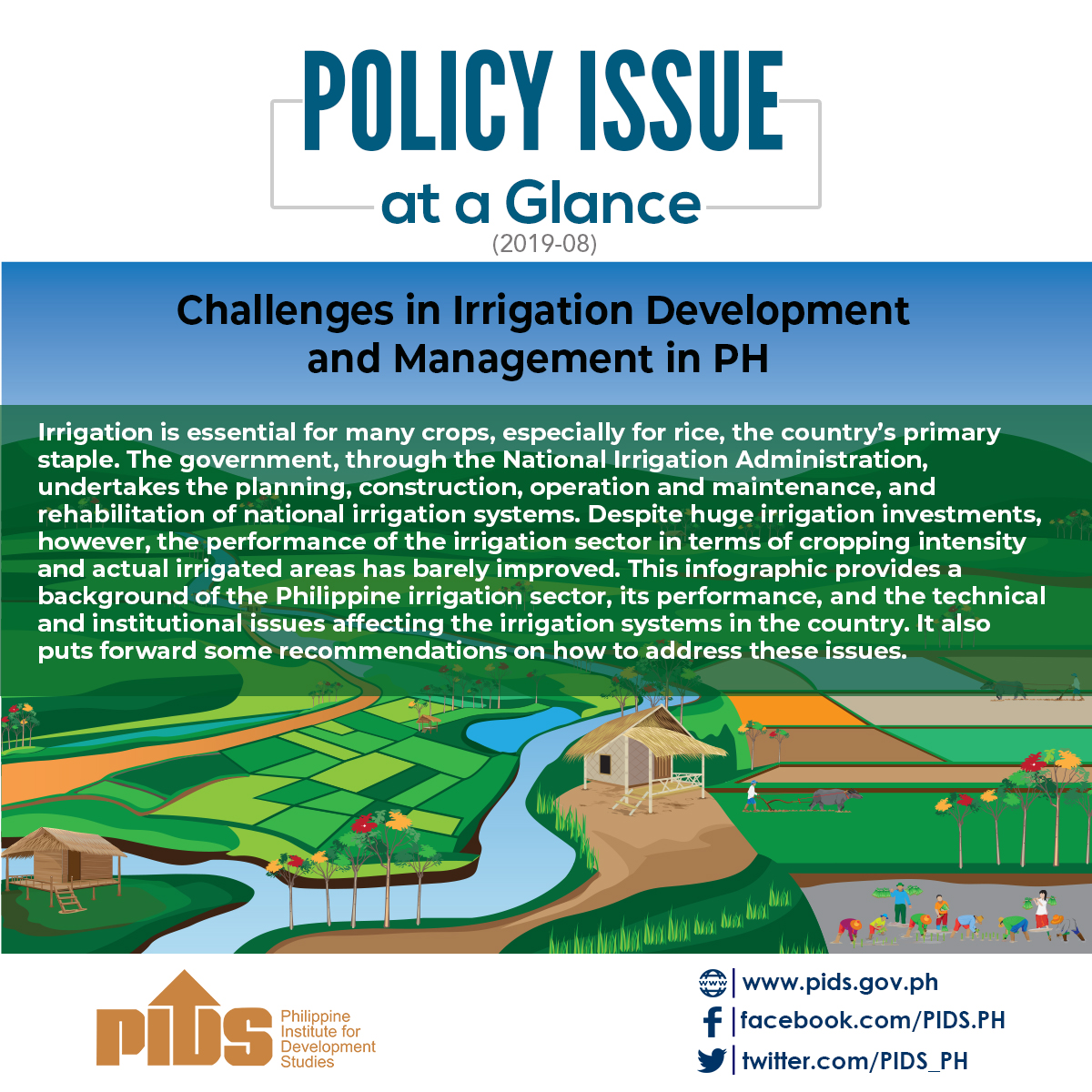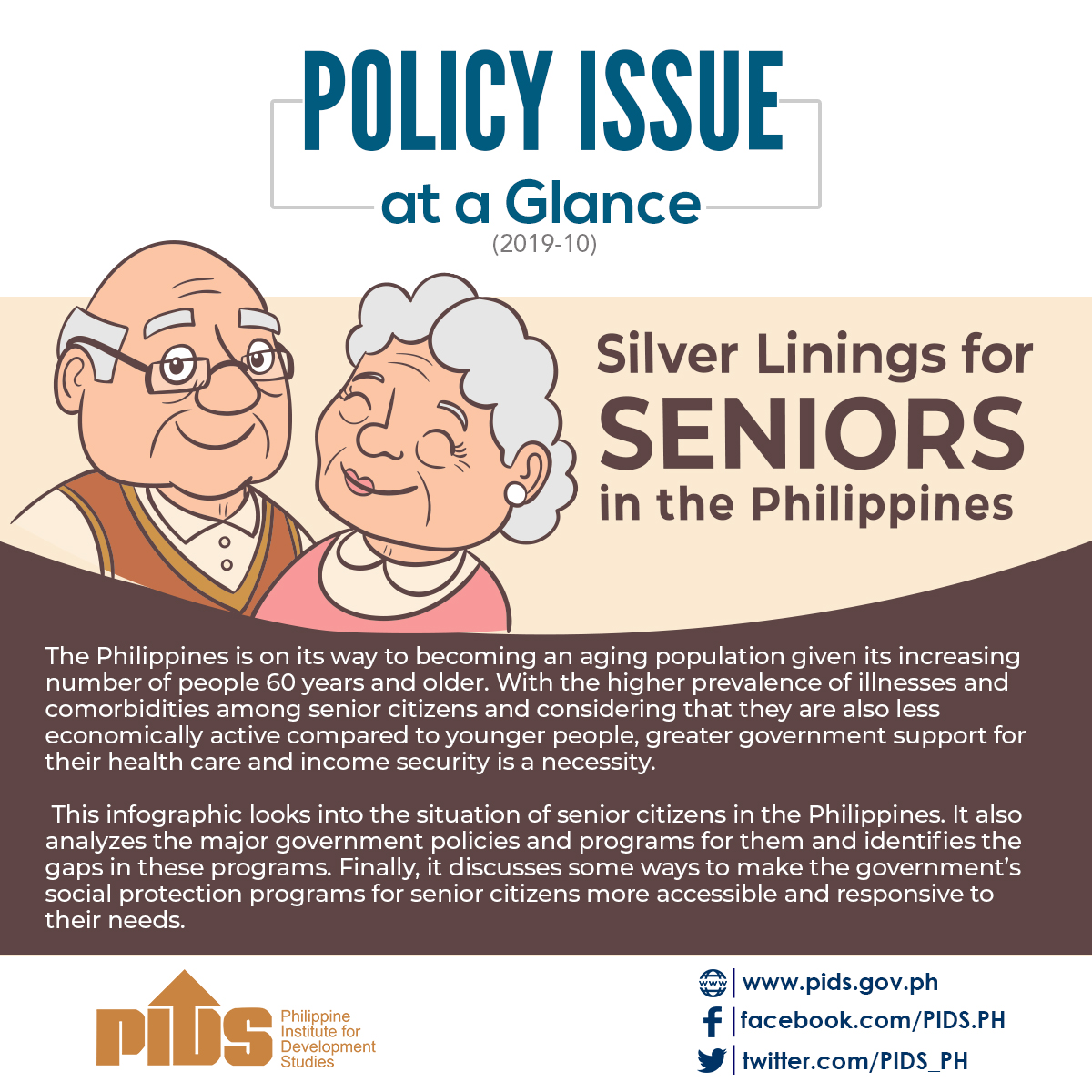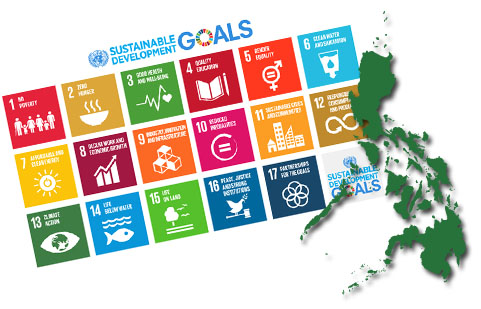
The country is making headway in achieving the Sustainable Development Goals (SDGs), particularly in terms of increasing labor productivity and reducing income equality, said a senior research fellow of state think tank Philippine Institute for Development Studies (PIDS).
Citing results of the Philippines 2019 Voluntary National Review (VNR) Report on the SDGs during a policy dialogue recently organized by the Institute and the United Nations Economic and Social Commission for Asia and the Pacific, Dr. Jose Ramon Albert said the Philippines’ labor productivity grew by 8.4 percent in 2017.
He also noted that unemployment in the country has significantly improved at 5.7 percent last year—one of the lowest since 2005. However, he said the jobs agenda continue to be a pressing issue given the nation’s 16.-percent underemployment rate. “This suggests that a considerable proportion of those employed are looking for extra work or other jobs, which implies that the quality of jobs in the Philippines needs improvement,” Albert posited.
A way to resolve this, he proposed, is to strengthen the government’s implementation of the Inclusive Innovation Industrial Strategy or i3S, which aims to build new industries, clusters, and agglomeration, as well as ensure growth of micro, small, and medium enterprises, and strengthen human resources.
Also, Albert stressed that the provision of a full and productive employment and decent work is not the sole responsibility of the Department of Labor and Employment, but of the whole government system particularly agencies like the Department of Trade and Industry, Department of Agriculture, Department of Finance, Department of Budget and Management, National Economic and Development Authority, Department of Education, Technical Education and Skills Development Authority, and the Department of Public Works and Highways, in collaboration with the business community.
The country has also improved in reducing income inequality. But these reductions varied drastically across regions in the country. Albert said, the “average per capita income has been growing at 1.7% from 2006 to 2015, with the bottom 40% of the income distribution even growing faster at 2.2% in the same period”.
However, “regional income disparities are stark. For instance, the average per capita income of the National Capital Region is thrice that of the Autonomous Region in Muslim Mindanao,” he pointed out.
To sustain the country’s momentum in achieving the SDGs, the government should continue to provide social protection, focus on community development, and implement employment programs. It should also continue to implement the Pantawid Pamilyang Pilipino Program, the Sustainable Livelihood Program, and Kalahi CIDSS, among others. ###
Citing results of the Philippines 2019 Voluntary National Review (VNR) Report on the SDGs during a policy dialogue recently organized by the Institute and the United Nations Economic and Social Commission for Asia and the Pacific, Dr. Jose Ramon Albert said the Philippines’ labor productivity grew by 8.4 percent in 2017.
He also noted that unemployment in the country has significantly improved at 5.7 percent last year—one of the lowest since 2005. However, he said the jobs agenda continue to be a pressing issue given the nation’s 16.-percent underemployment rate. “This suggests that a considerable proportion of those employed are looking for extra work or other jobs, which implies that the quality of jobs in the Philippines needs improvement,” Albert posited.
A way to resolve this, he proposed, is to strengthen the government’s implementation of the Inclusive Innovation Industrial Strategy or i3S, which aims to build new industries, clusters, and agglomeration, as well as ensure growth of micro, small, and medium enterprises, and strengthen human resources.
Also, Albert stressed that the provision of a full and productive employment and decent work is not the sole responsibility of the Department of Labor and Employment, but of the whole government system particularly agencies like the Department of Trade and Industry, Department of Agriculture, Department of Finance, Department of Budget and Management, National Economic and Development Authority, Department of Education, Technical Education and Skills Development Authority, and the Department of Public Works and Highways, in collaboration with the business community.
The country has also improved in reducing income inequality. But these reductions varied drastically across regions in the country. Albert said, the “average per capita income has been growing at 1.7% from 2006 to 2015, with the bottom 40% of the income distribution even growing faster at 2.2% in the same period”.
However, “regional income disparities are stark. For instance, the average per capita income of the National Capital Region is thrice that of the Autonomous Region in Muslim Mindanao,” he pointed out.
To sustain the country’s momentum in achieving the SDGs, the government should continue to provide social protection, focus on community development, and implement employment programs. It should also continue to implement the Pantawid Pamilyang Pilipino Program, the Sustainable Livelihood Program, and Kalahi CIDSS, among others. ###

